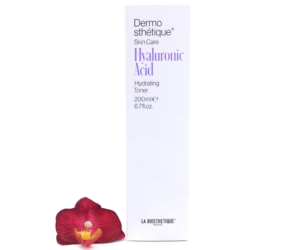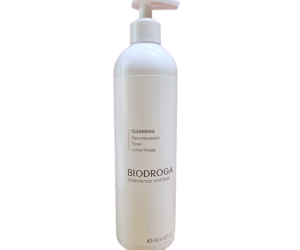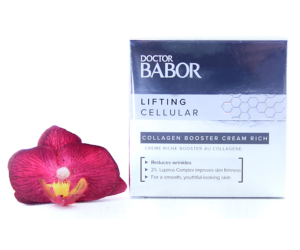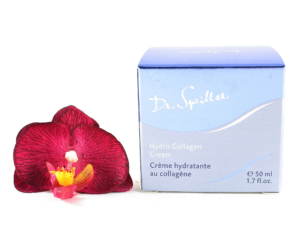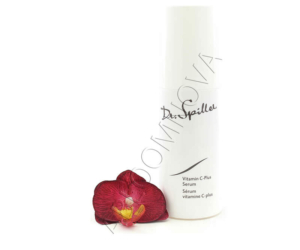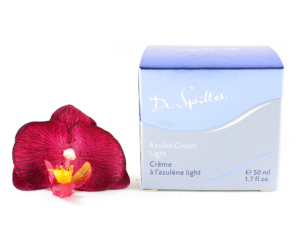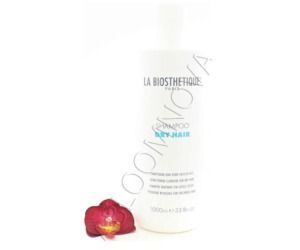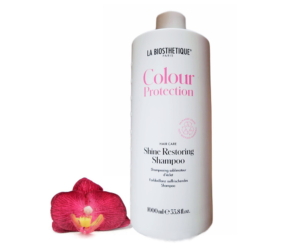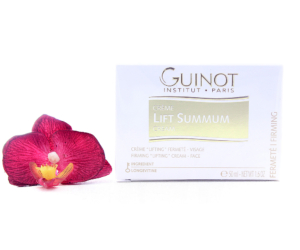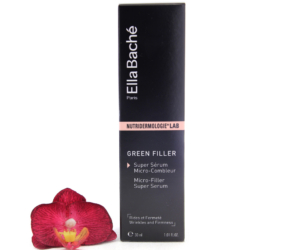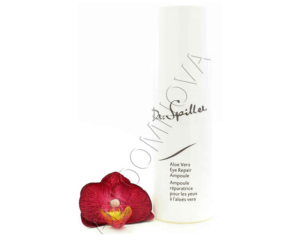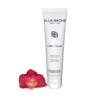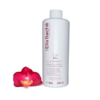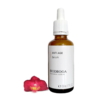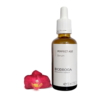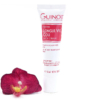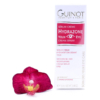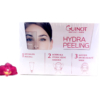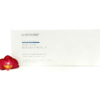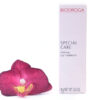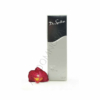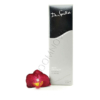Anti Aging, Maria Galland, Sensitive skin
How the humble conker can transform your appearance
Did you think the humble horsechestnut was simply for playing games in autumn? The conker actually has some valuable properties which are utilised in products like Maria Galland Special Cream for Sensitive Skin.
Thanks to herbhedgerow.co.uk for the science behind the humble horsechestnut.
Some of the most interesting properties in horse chestnut are the saponins known as ‘aescin’ or ‘escin’. These cosmeceutical compounds have been found to possess potent anti-inflammatory properties.
But more than that, escin has been shown to inhibit the breakdown of hyaluronic acid. Hyaluronic acid or hyaluronan is one of the main components of the skin, where it is involved in tissue repair. When you burn your skin in the sun, the cells in your skin stop producing as much hyaluronan, and increase the rate of its degradation. This is just one of the ways that too much exposure to the sun can lead to premature ageing of the skin.
This escin saponin complex called has been found to play an important role in protecting the levels of hyaluronic acid in your skin. It does this by inhibiting the hyaluronidase enzyme that breaks down hyaluronic acid. Nonetheless, one study found that the overall biological effects of horse extract extract are unlikely to be caused by its escin activity alone. In fact, the supporting effect on skin tissue is most likely down to other horse chestnut compounds inhibiting even more enzymes (Facino et al., 1995). To put it differently, the whole plant is likely more powerful than its individual compounds in isolation.
So it makes sense that the skincare properties of horse chestnut don’t end with its saponins. After all, the plant contains many other compounds that have great topical applications. One flavonoid, rutin, has radical scavenging, anti-bacterial and anti-viral activities. More than that, some of the compounds (including one called proanthocyanidin A2) in horse chestnut have wound healing, antioxidant, anti-inflammatory and anti-enzymatic properties (Wilkinson & Brown, 1999).
A 1995 Japanese study included horse chestnut extracts when reviewing the free radical scavenging potential of numerous plant extracts. They compared the results to that of L-ascorbic acid (Vitamin C, a well-known antioxidant) and α-tocopherol (Vitamin E, another well-known antioxidant). Their results showed that horse chestnut extract was almost 20 times more effective at absorbing superoxide anions (a free radical) than L-ascorbic acid and had great success at dealing with other types of free radical oxygen scavengers too (Masaki et al., 1995).
Horse chestnut extract was also found to be comparable to Vitamin E in its ability to inhibit lipid peroxidation – in other words, it acts in a similar way in providing antioxidant properties to oils. But have these results ever been put to the test to determine horse chestnut’s anti-ageing potential on human skin? It turns out that they have.
In 2006, another Japanese study carried out clinical testing on 40 female volunteers. They applied a gel formulation with 3% horse chestnut extract to the skin around their eyes three times a day for nine weeks. After six weeks, significant decreases in wrinkles at the corners of the eye or in the lower eyelid skin were observed

 Français
Français Русский
Русский
